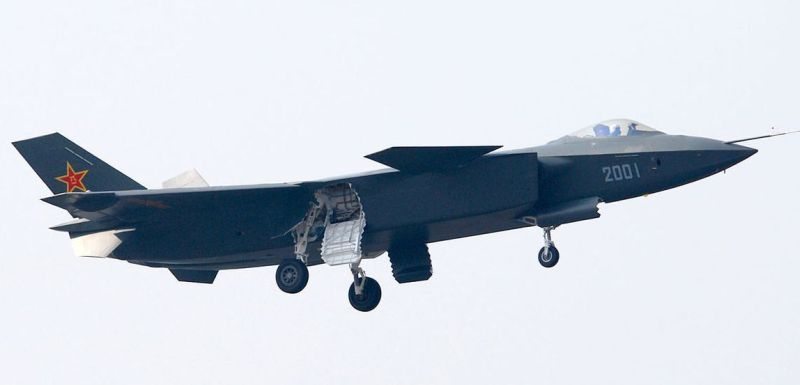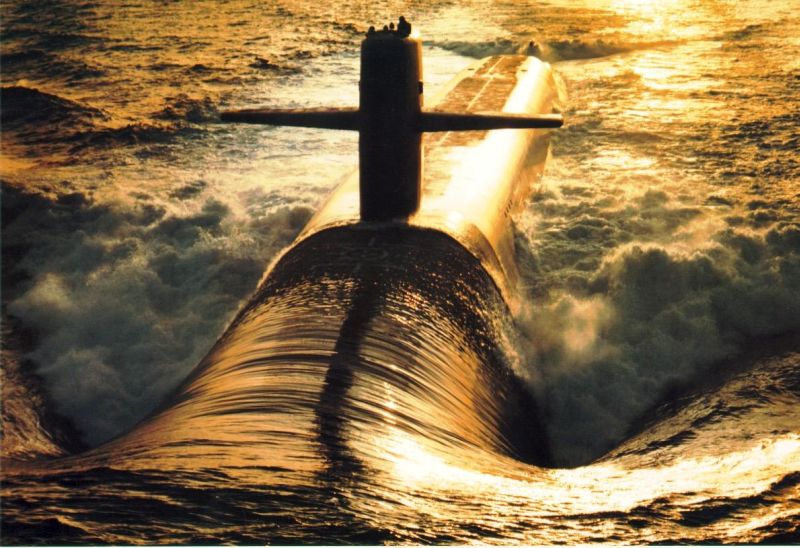China is building its military capability at a rapid pace but it remains a “regional power with regional concerns”, the think tank IISS said in its annual report on the world’s armies Tuesday.
The respected International Institute for Strategic Studies said that despite the effects of the global financial crisis, the 7.5 percent growth in the Chinese defence budget in 2010 was greater than most countries.
Such growth “continued to provoke concern”, the London-based group said in its “Military Balance 2011” study.
However, it said China’s primary focus was regional, pointing to the status of Taiwan — which Beijing still claims as part of its territory to be reunified by force if necessary — and disputes in the East and South China Seas as Beijing’s overriding concerns.
“By and large, China remains a regional power with regional concerns, as demonstrated in 2010 by a series of exercises, construction projects and equipment purchases,” it said.
But the report underlined that the world’s military powers were watching China warily as it begins “tentatively to explore operations further afield”.
Those concerns heightened on Friday when China announced a double-digit rise its defence budget in 2011, with spending to increase 12.7 percent to 601.1 billion yuan ($91.5 billion).
That was a return to normal service for China — the 7.5 percent rise last year broke with a multi-year trend of double-digit percentage increases in Chinese military spending.
The IISS said however that China’s goal of closing the technological gap with the West could be undermined by “serious structural weaknesses”.
“One overarching problem is the widespread duplication and balkanisation of industrial and research facilities,” it said.
Factories producing arms are scattered around the vast country “and often possess outdated manufacturing and research attributes”, it said.
Elsewhere in Asia, the IISS said North Korea’s military ranks as the fourth-largest in the world, with only China, the United States and India ahead of it.
Approximately five percent of North Korea’s estimated population of 24 million are active military personnel “and these forces are equipped with a substantial array of military equipment”, the study says.
The North sparked regional security fears in November when it disclosed an apparently functional uranium enrichment plant to visiting US experts.
The announcement raised concerns that the reclusive Stalinist state could produce highly-enriched weapons-grade uranium on top of the plutonium it already possesses.
The IISS said North Korea — which has carried out two nuclear weapons tests — has enough plutonium to produce four to eight warheads.
[ppgallery id=”17″ showmax=”8″]










